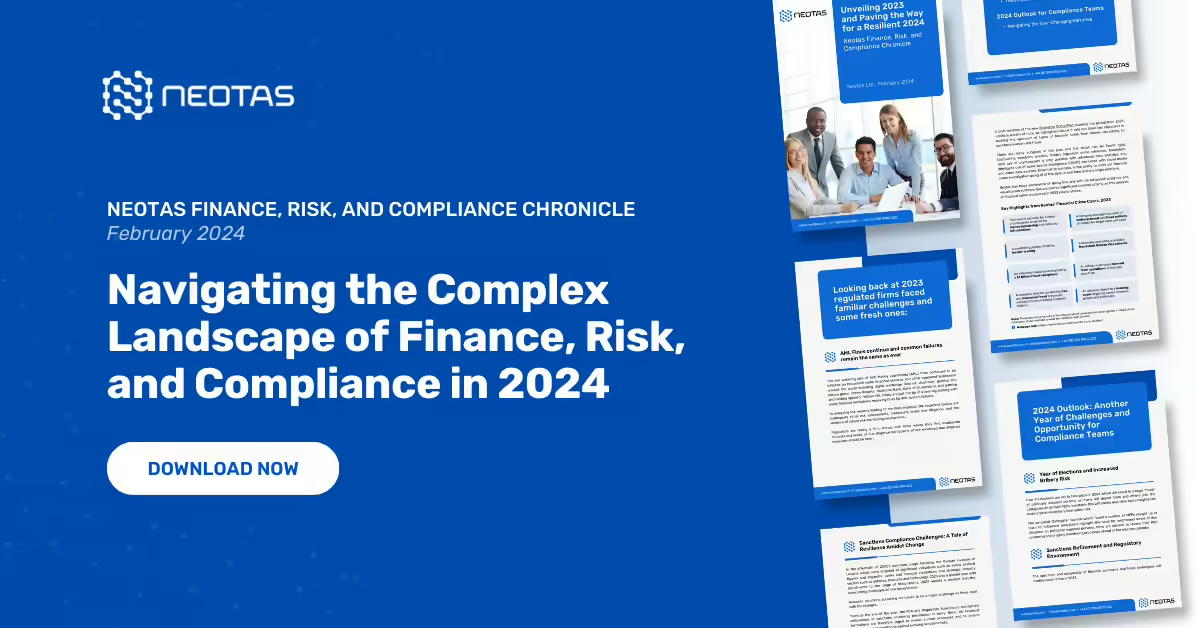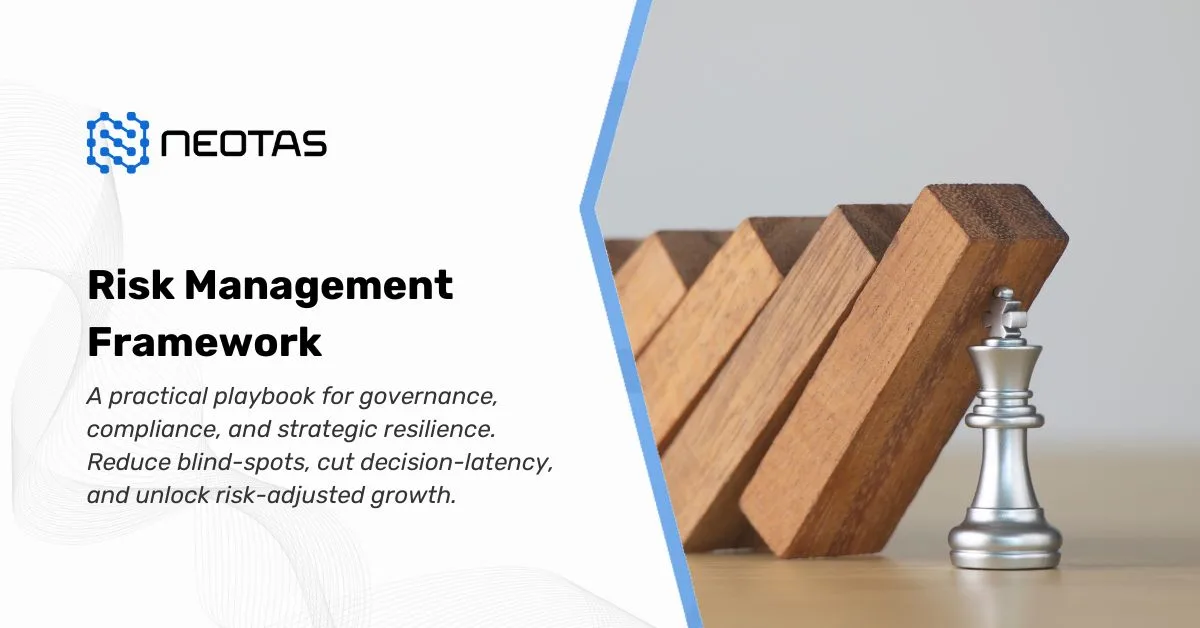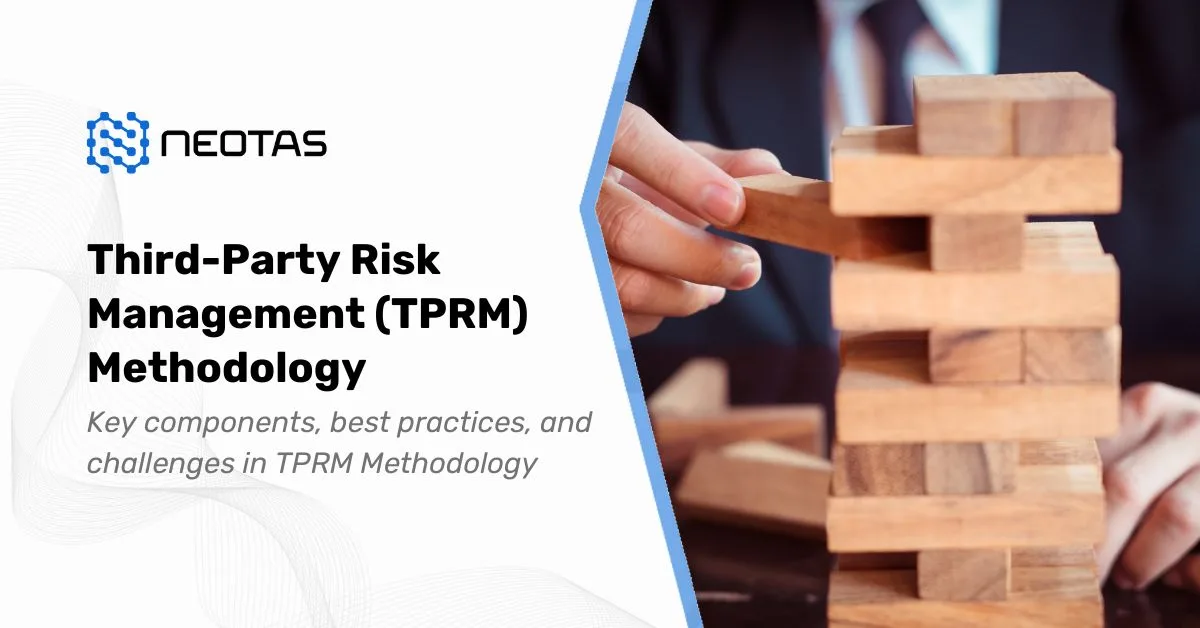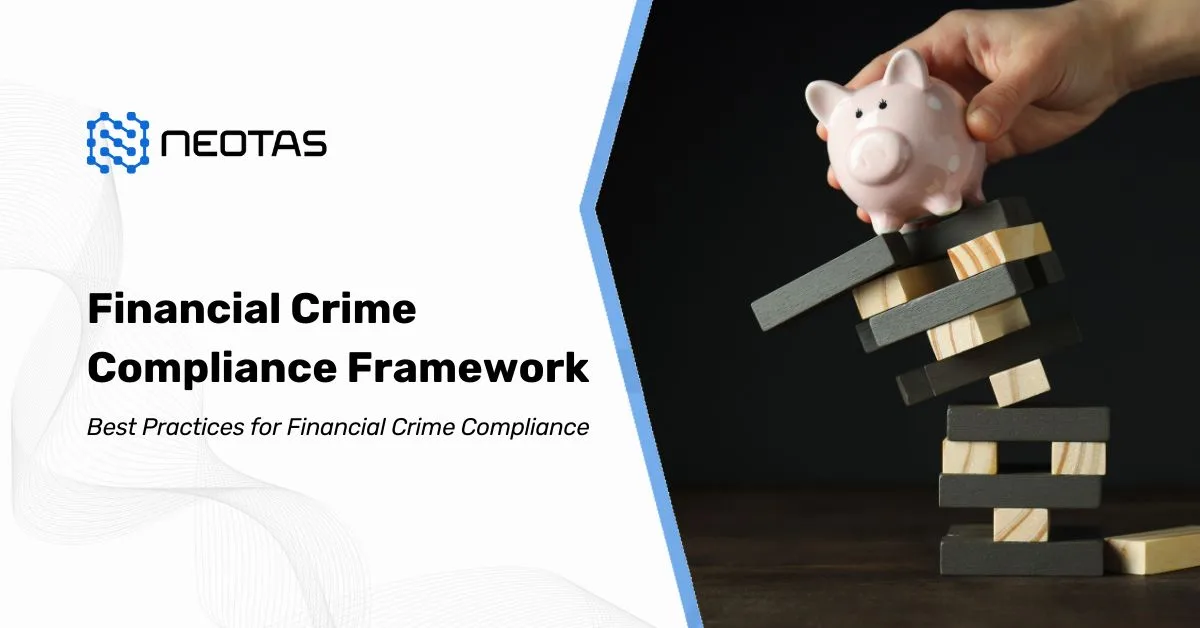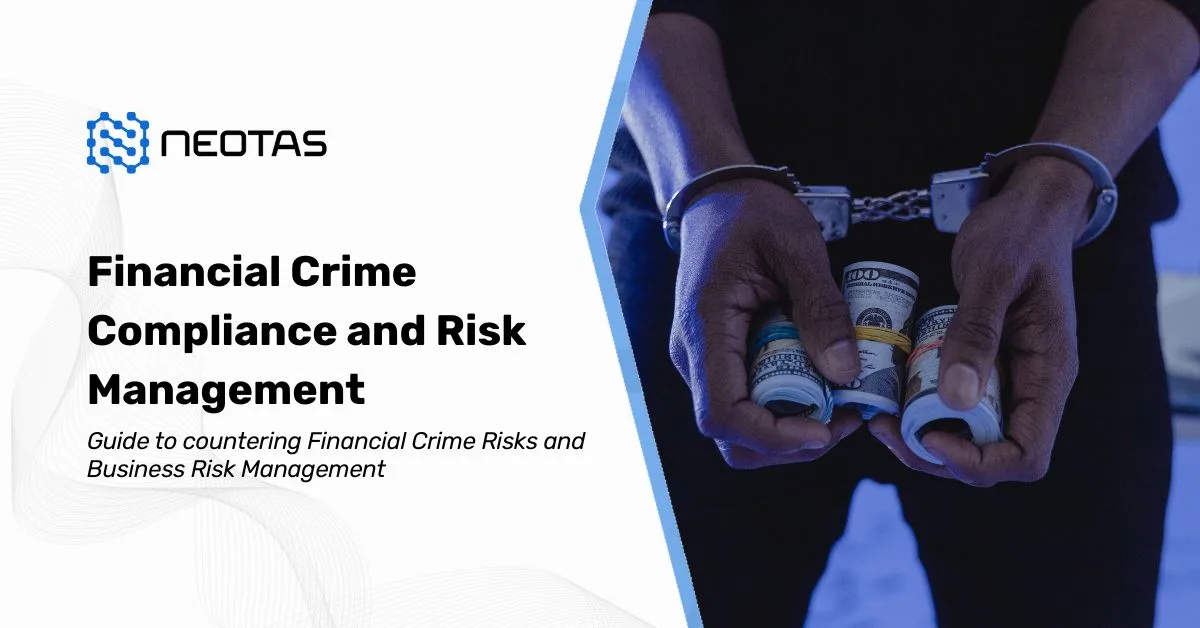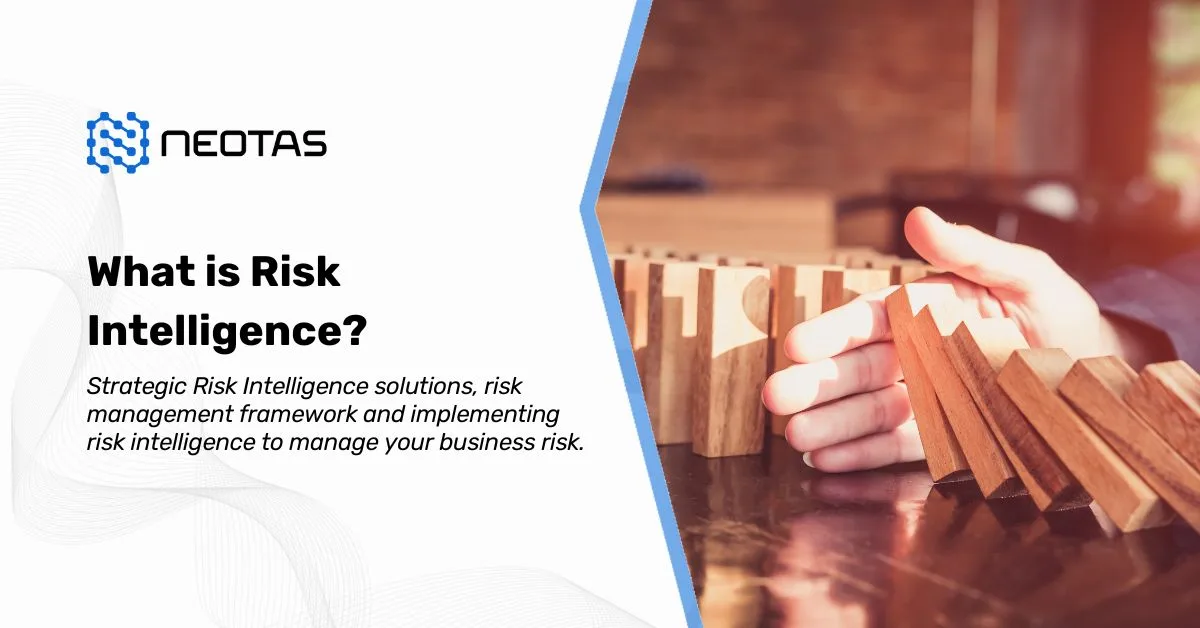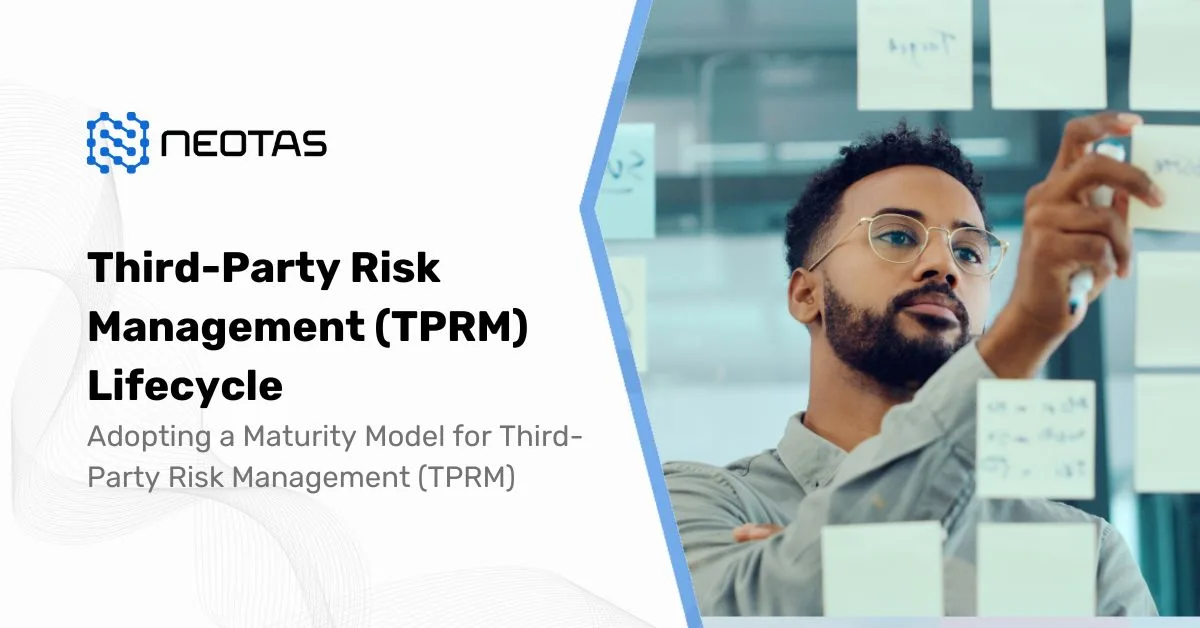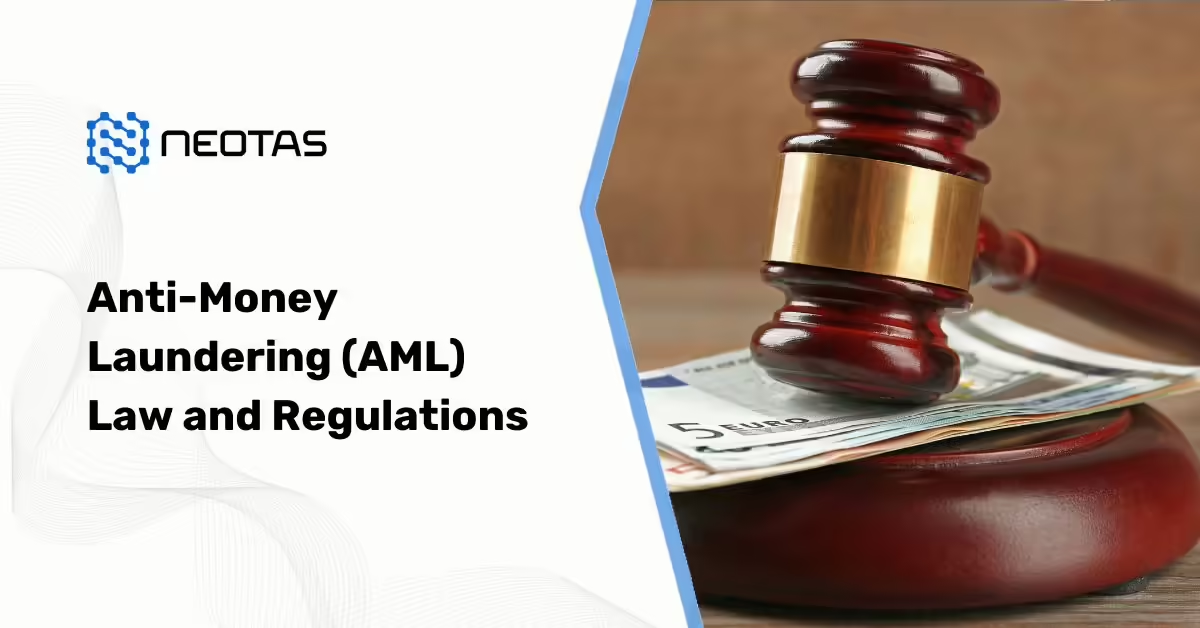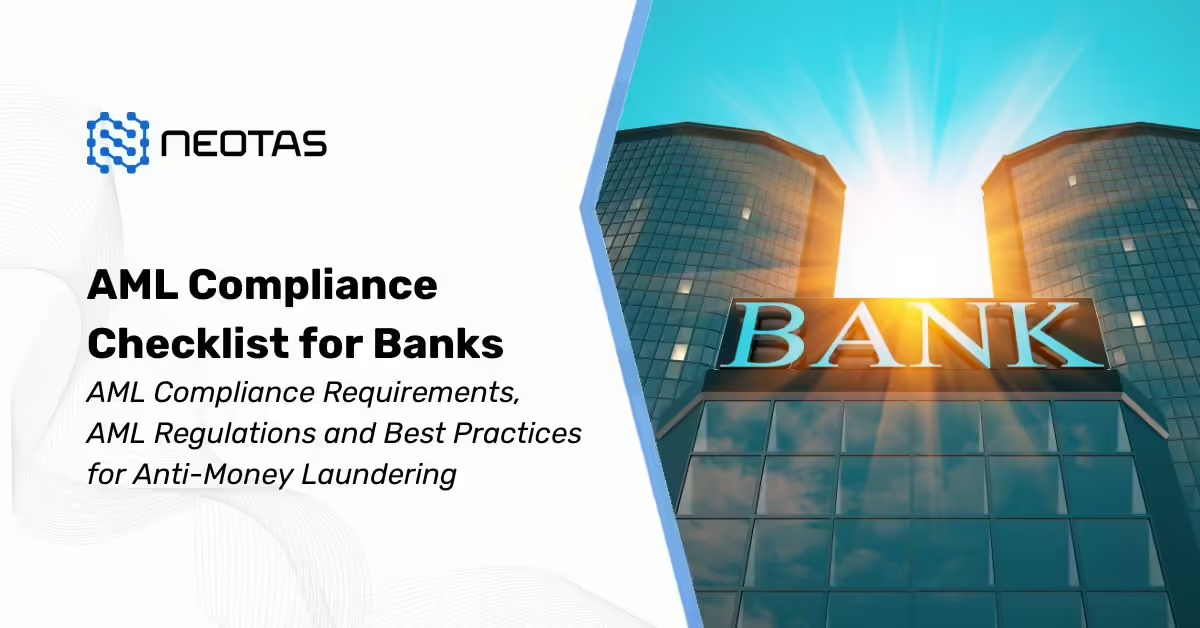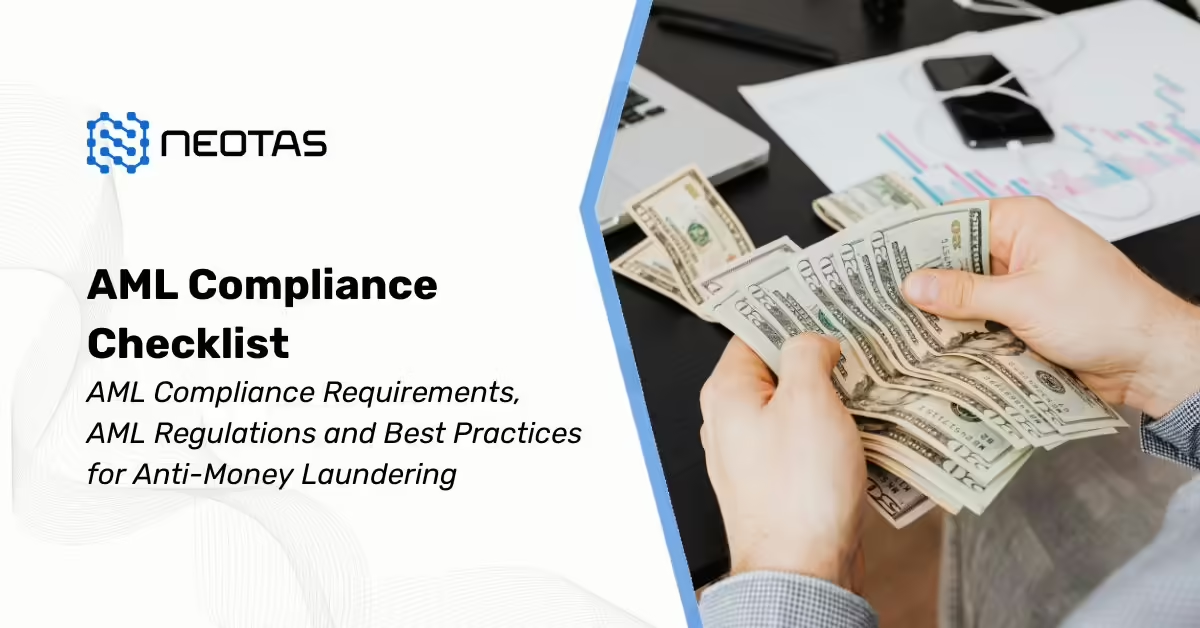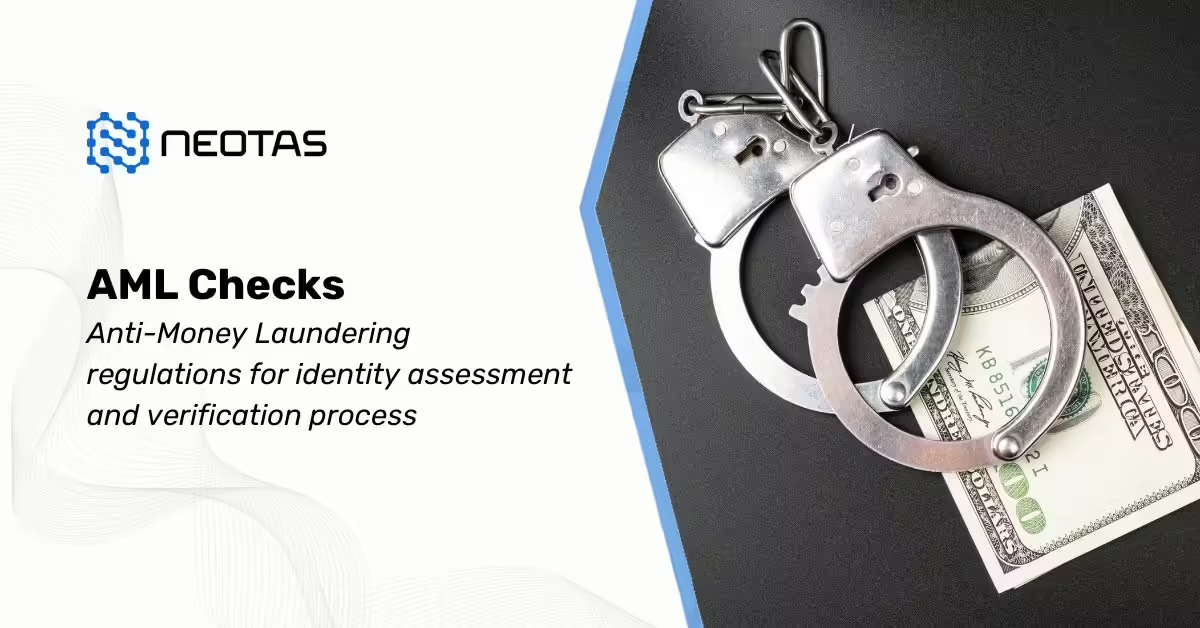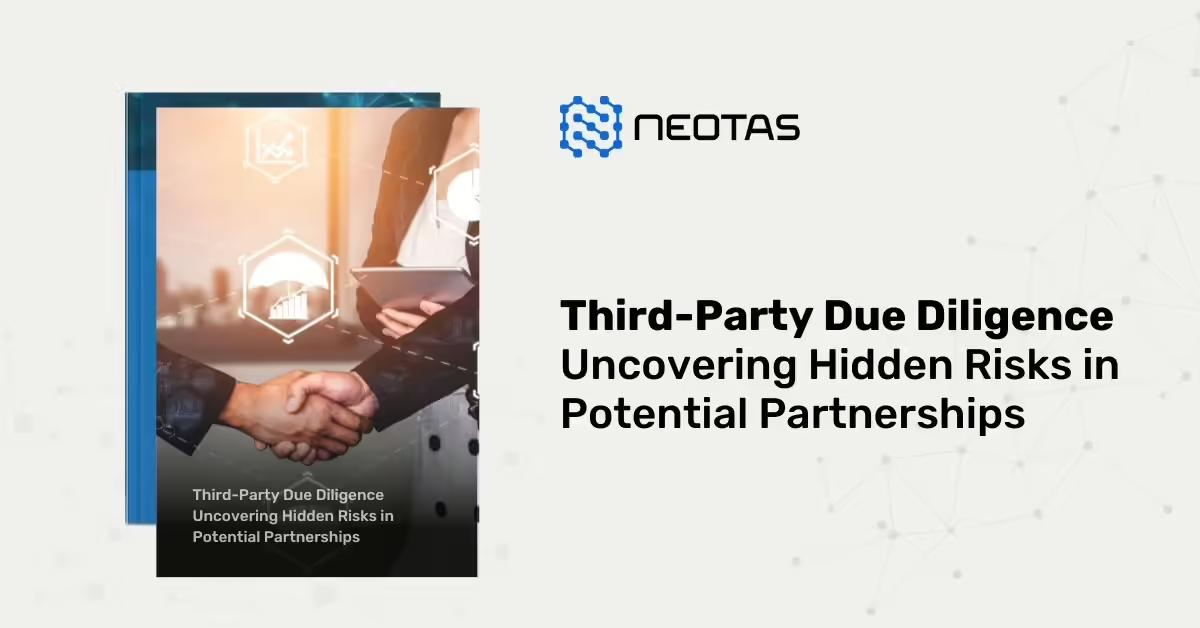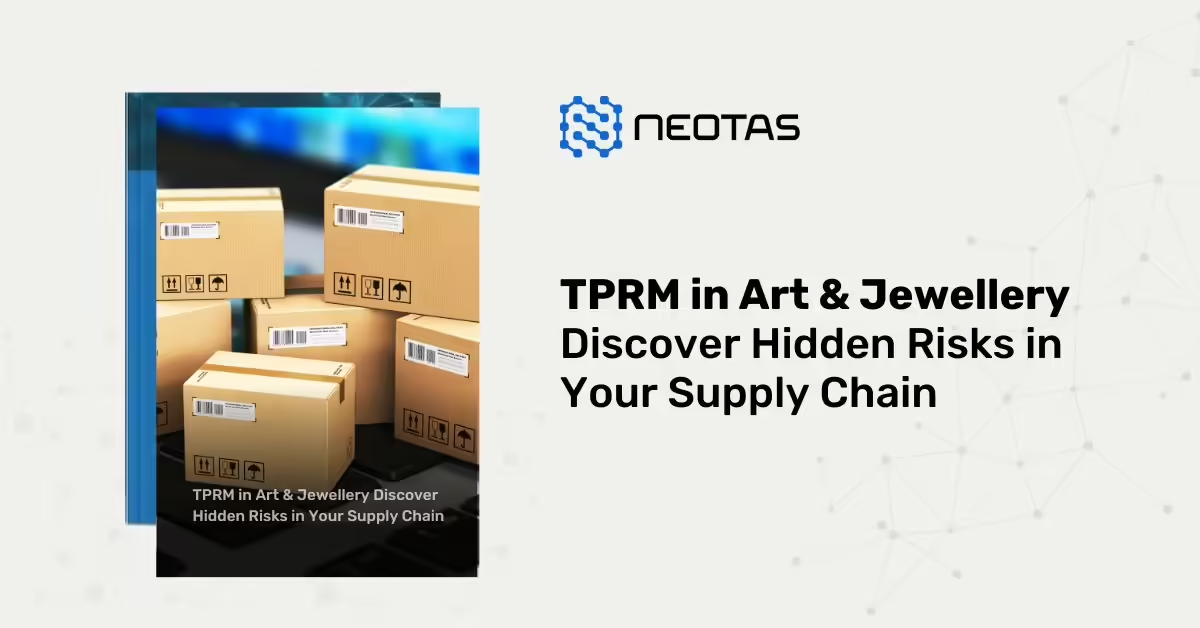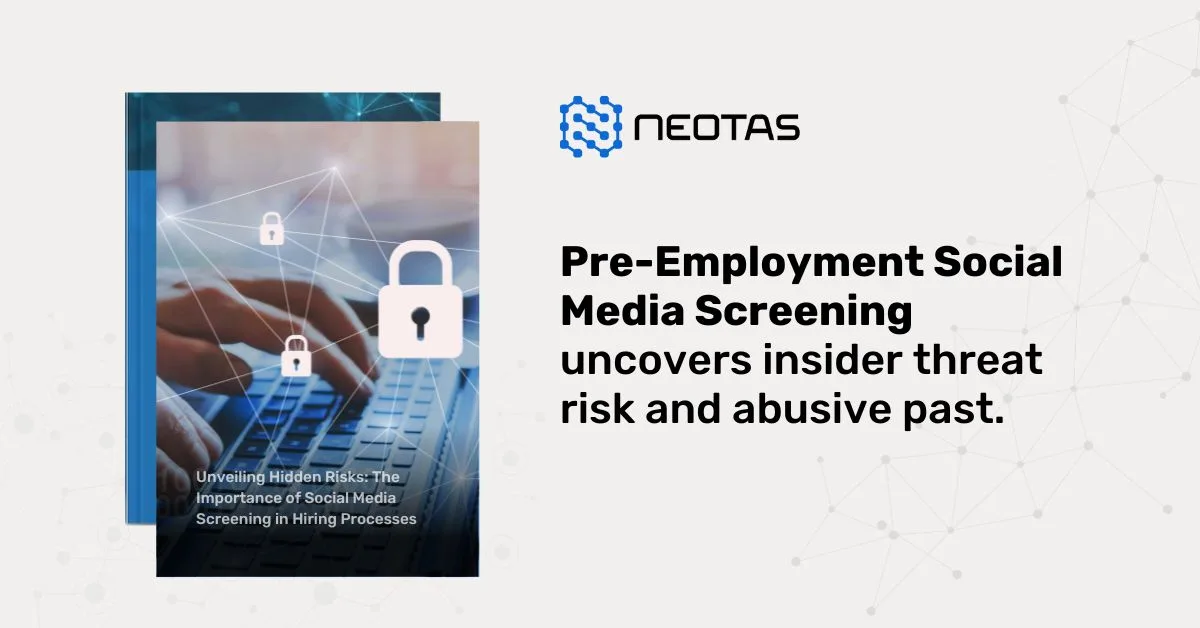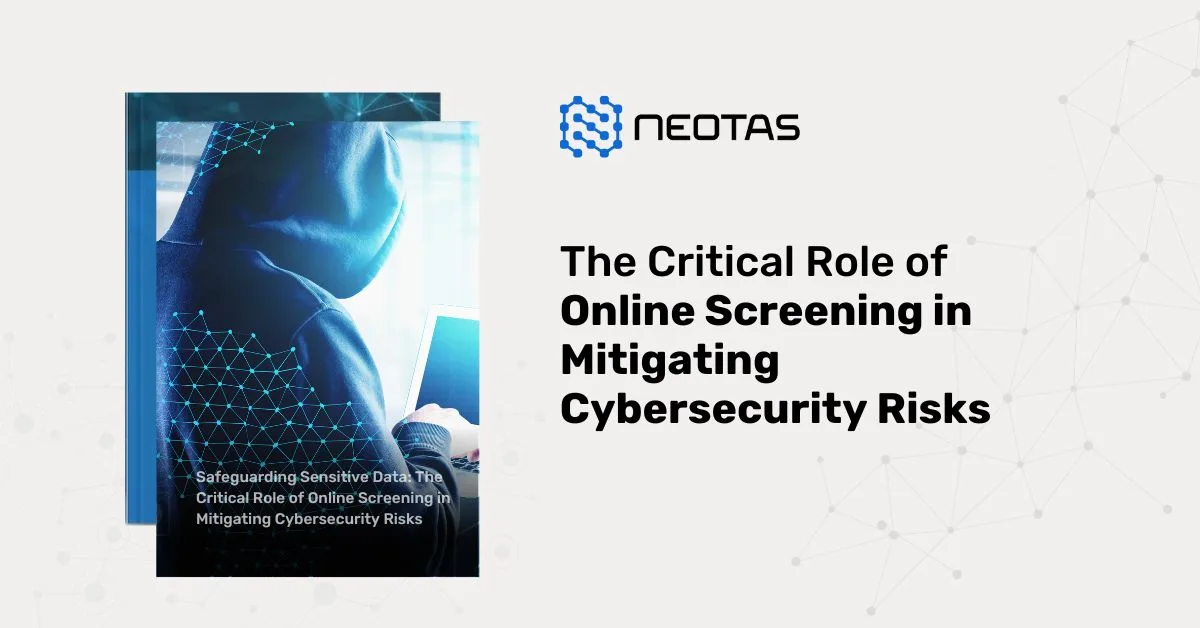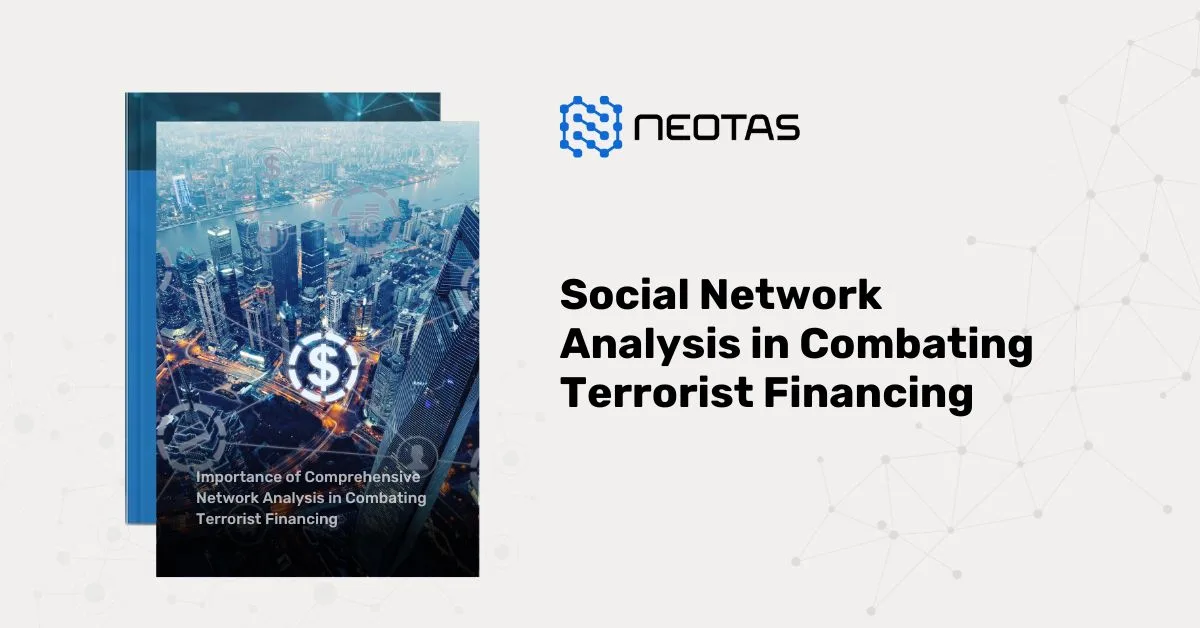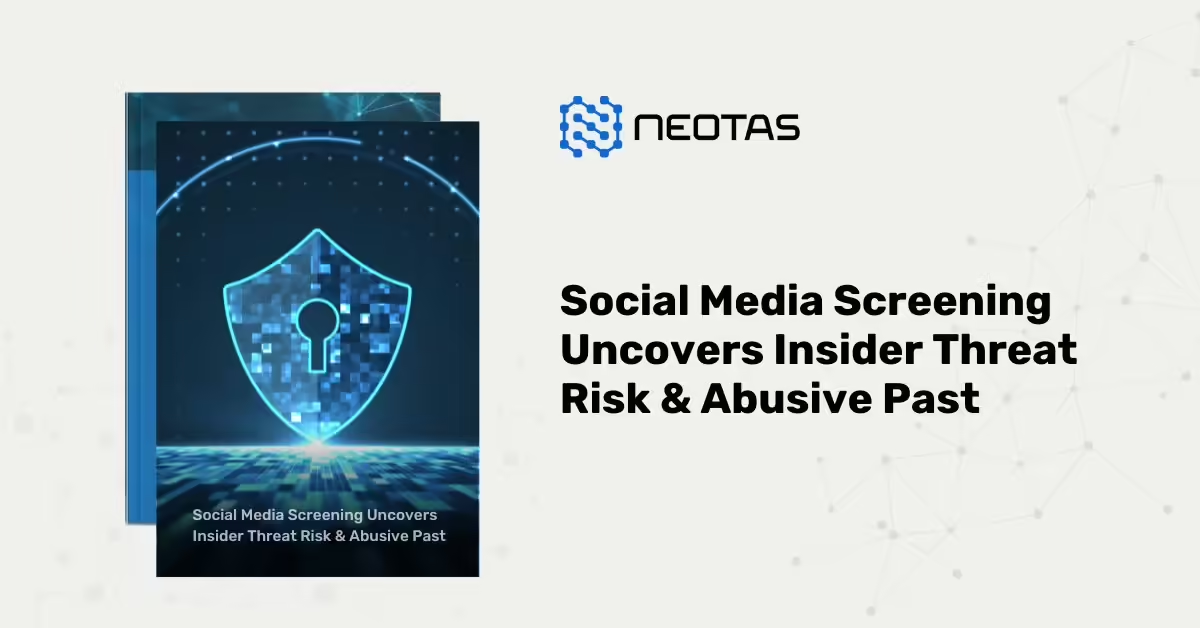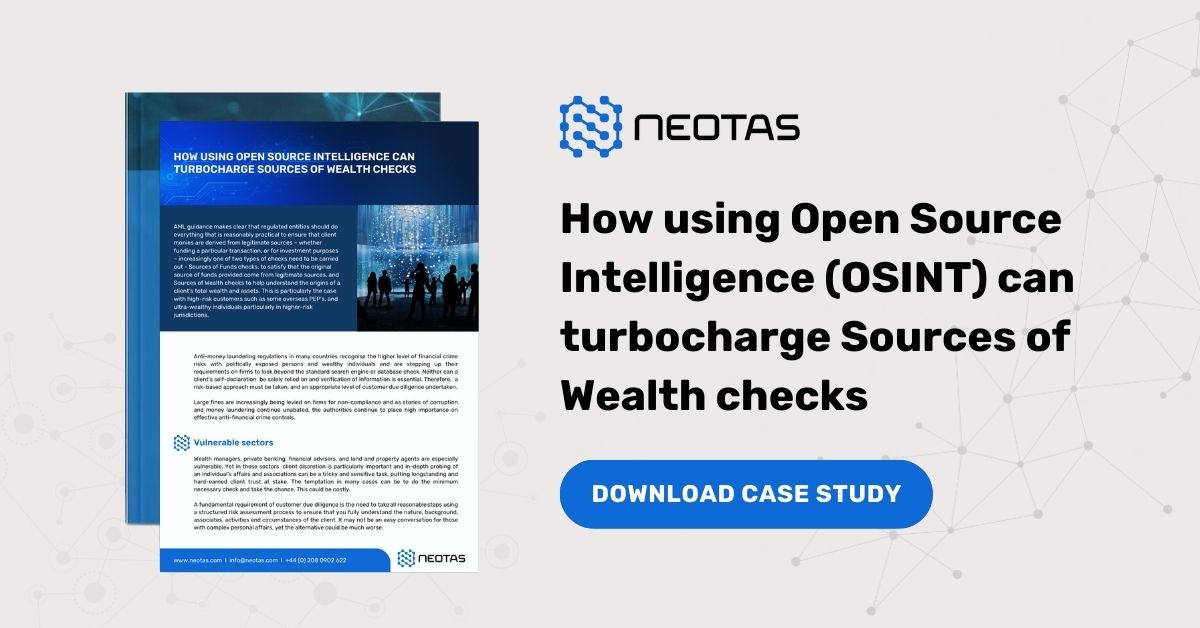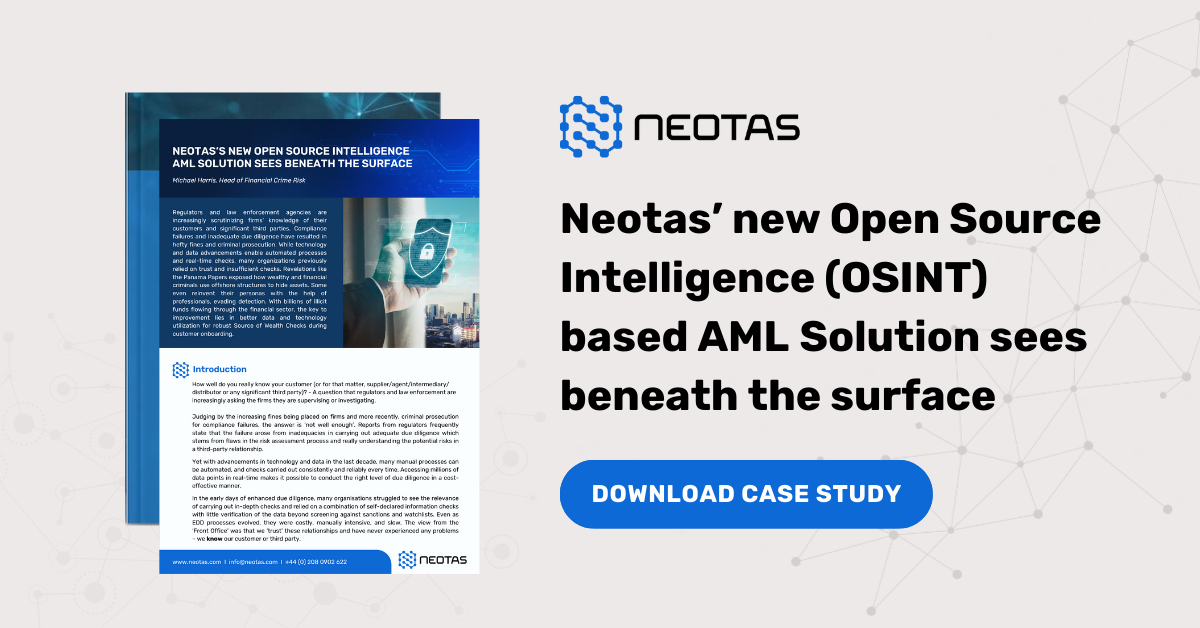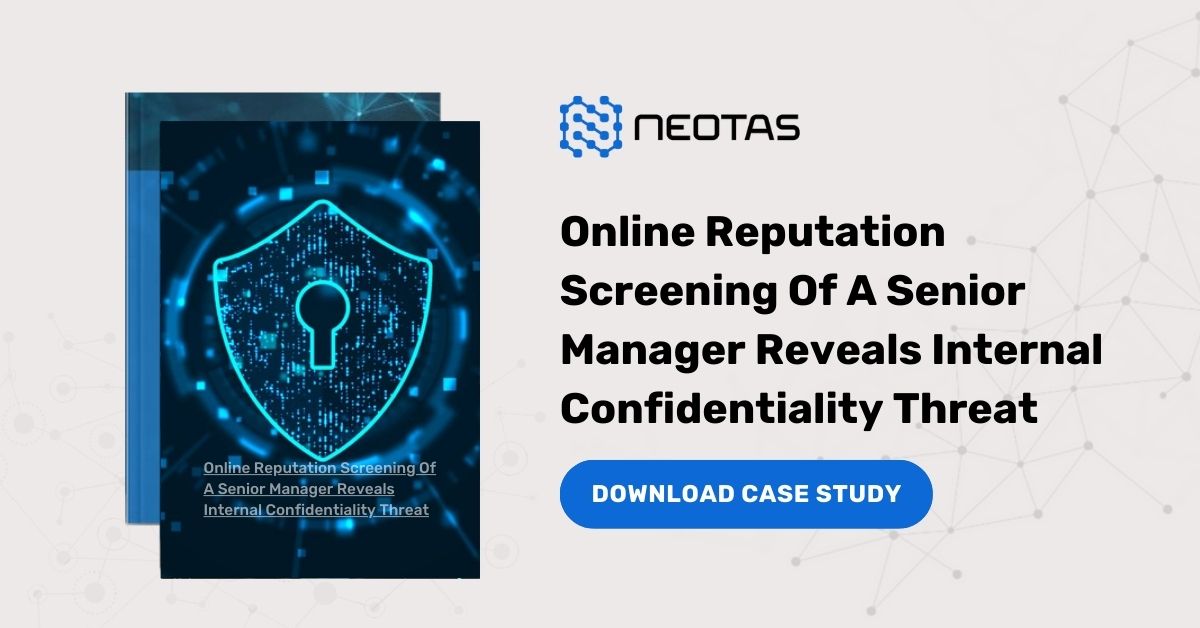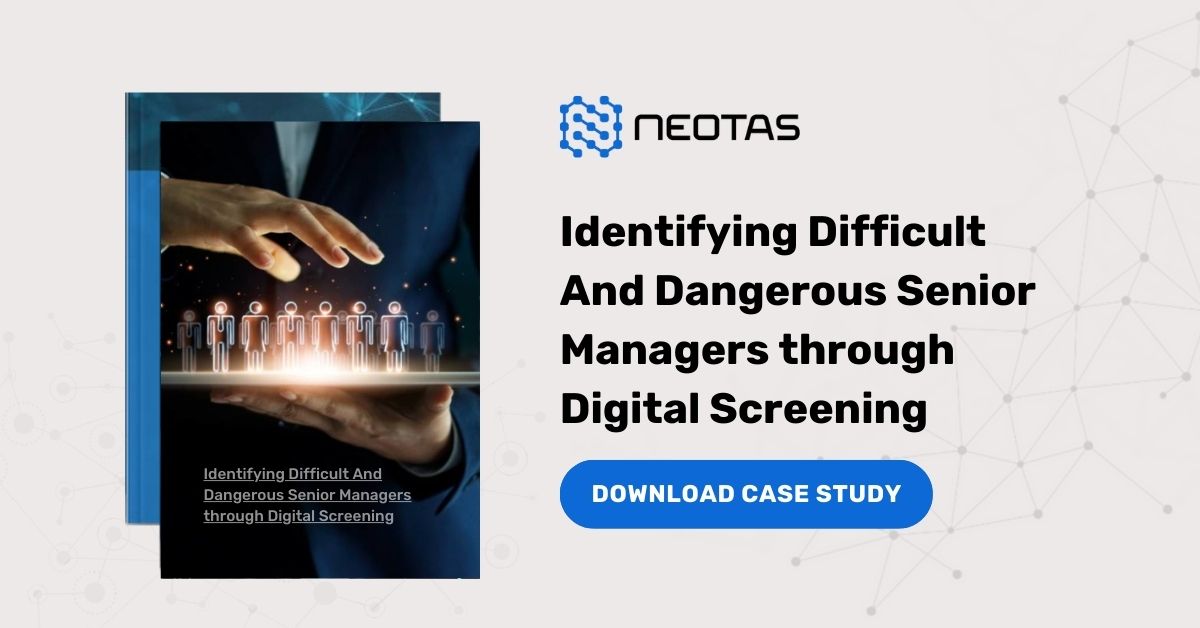Enhanced Due Diligence process
Mitigating Risks through Comprehensive Due Diligence
Enhanced Due Diligence (EDD) is a thorough investigative process that organizations employ to gather comprehensive information about potential clients, transactions, or business relationships. This heightened level of due diligence aims to minimize the risks that may arise from new business arrangements, particularly for high-risk, high-net-worth, or large-scale transactions.
EDD is considered the most comprehensive form of due diligence that a company can undertake. It is also an intensive approach to the Know Your Customer (KYC) requirements, which are essential in various regulated industries.
Regulatory Guidance and Expectations
EDD is often mandated for higher-risk customers, and the process should be risk-based, aligned with guidance from regulatory bodies like the Financial Action Task Force (FATF). Companies must be able to demonstrate that they have thoroughly verified and understood their higher-risk customers. EDD should be an integral part of working with high-risk or high-profile businesses.
Here is a checklist for the Enhanced Due Diligence process:
- Customer Risk Classification: Organizations should adopt a risk-based approach, classifying customers based on their risk profile to determine which entities require EDD.
- Detailed Information Collection: Companies must gather comprehensive information about their highest-risk customers, using sources beyond the standard customer due diligence (CDD) process, to gain a thorough understanding of the client’s history and risk profile.
- Risk Profile Assessment: This involves analyzing the customer’s financial strengths and weaknesses, reviewing their AML policies, and assessing their reputation in the local market through media sources.
- Beneficial Ownership Analysis: Organizations must investigate the subsidiaries and shareholders to understand the true ownership structure of the company.
- Transaction Monitoring: Institutions must closely scrutinize transaction details, including the purpose and nature of the transactions.
- Source of Funds Verification: Determining the origin and legitimacy of the customer’s wealth is crucial, and any discrepancies in earnings and net worth should be probed.
- Adverse Media and Reputation Review: Financial institutions must closely monitor press articles and other sources to assess the client’s reputation.
- On-Site Verification: Physical addresses and documents that cannot be obtained digitally should be verified through on-site visits.
- Supplementary Information Gathering: Collecting information from diverse and robust sources enhances the organization’s understanding of the risks involved.
- Investigative Reporting: Banks and financial institutions must regularly scan customers and document their findings in comprehensive reports as part of their EDD and AML compliance efforts.
- Continuous Risk Monitoring: Developing and maintaining an ongoing risk-based monitoring strategy is essential for long-term risk management.
Importance and Benefits of Enhanced Due Diligence
EDD is a critical tool in the fight against financial crime, as it enables organizations to thoroughly assess and mitigate risks associated with their clients, transactions, and business relationships. By implementing robust EDD policies and procedures, companies can ensure compliance with anti-money laundering (AML) and counter-terrorist financing (CTF) regulations, protect their reputation, and make informed decisions to minimize potential financial losses and operational disruptions.
Key Components of an Effective EDD Process
To implement a robust EDD program, organizations should consider the following key elements:
- Ongoing Risk-Based Monitoring: Develop and maintain a continuous, risk-based monitoring strategy that includes regularly scanning customers and generating comprehensive reports using EDD-focused AML compliance tools.
- Periodic Reviews: Conduct EDD reviews at the inception of a new business relationship and at regular intervals thereafter, with the frequency and intensity based on the customer’s risk profile.
- Regulatory Alignment: Ensure that the EDD process is aligned with the specific regulatory requirements applicable to the industry, such as those set forth by FinCEN and FATF.
- Comprehensive Information Gathering: Collect detailed information about the customer, going beyond the standard customer due diligence (CDD) process to gain a thorough understanding of their history, activities, and potential risks.
- Ongoing Risk Assessment: Continuously evaluate the customer’s risk profile, adjusting the EDD approach as necessary to address any changes or emerging concerns.
By implementing a robust, risk-based EDD program, organizations can effectively mitigate their exposure to financial crimes, maintain regulatory compliance, and protect their reputation in the market.
How often should enhanced due diligence be conducted?
The frequency of conducting enhanced due diligence (EDD) can vary based on several factors, but generally, it should be an ongoing, risk-based process. Here are some key guidelines on the frequency of EDD:
1. Risk-Based Approach:
– The primary driver for the frequency of EDD is the risk profile of the customer or transaction.
– Customers or situations deemed higher-risk should undergo EDD more frequently than lower-risk ones.
– Regulatory bodies like the Financial Action Task Force (FATF) recommend a risk-based approach, where the intensity and frequency of EDD are proportionate to the identified level of risk.
2. Initial EDD:
– EDD should be conducted at the onset of a new business relationship, before entering into any transactions or establishing an account.
– This initial EDD helps the organization thoroughly assess the risks associated with the new client or transaction.
3. Periodic Reviews:
– Even after the initial EDD, organizations should conduct regular, periodic reviews of their higher-risk customers or transactions.
– The frequency of these reviews can range from monthly to annually, depending on the risk level.
– For example, the Financial Crimes Enforcement Network (FinCEN) in the US requires covered financial institutions to conduct ongoing monitoring and update customer information on a risk-based basis.
4. Trigger-Based EDD:
– In addition to periodic reviews, organizations should be prepared to conduct EDD whenever a trigger event occurs, such as:
– Significant changes in the customer’s risk profile or business activities
– Identification of suspicious transactions or activities
– Regulatory or industry changes that impact the customer’s risk level
5. Continuous Monitoring:
– Leading practices suggest that organizations should implement a continuous, risk-based monitoring strategy to identify any changes or new information that may impact a customer’s risk profile.
– This allows for timely adjustments to the EDD process and frequency, as needed.
The specific frequency of EDD will depend on the organization’s risk appetite, regulatory requirements, and the nature of its client base and transactions. However, the key is to adopt a dynamic, risk-based approach that ensures EDD is conducted at appropriate intervals to effectively manage the organization’s exposure to potential risks.


 Financial Crime Compliance Trends 2024
Financial Crime Compliance Trends 2024